-
×
 The Quick and Easy Way to Effective Speaking By Dale Carnegie - paperback
1 × ₨499.00
The Quick and Easy Way to Effective Speaking By Dale Carnegie - paperback
1 × ₨499.00 -
×
 Trust and Inspire How Truly Great Leaders Unleash Greatness in Others By Stephen M.R. Covey
1 × ₨499.00
Trust and Inspire How Truly Great Leaders Unleash Greatness in Others By Stephen M.R. Covey
1 × ₨499.00 -
×






Subtotal: ₨1,597.00




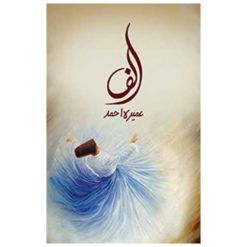

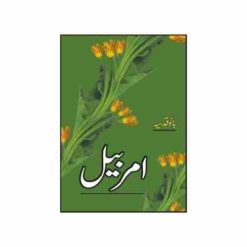
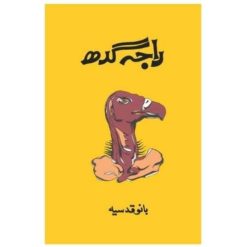
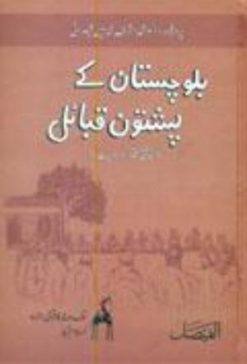
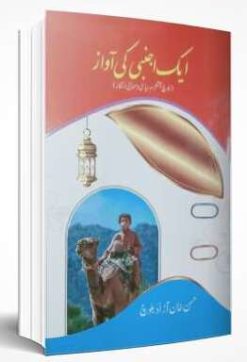

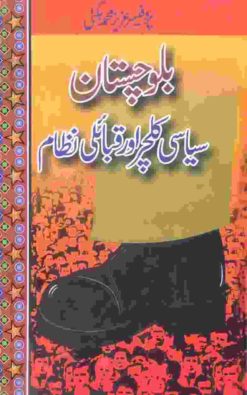
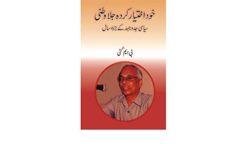
Reviews
There are no reviews yet.